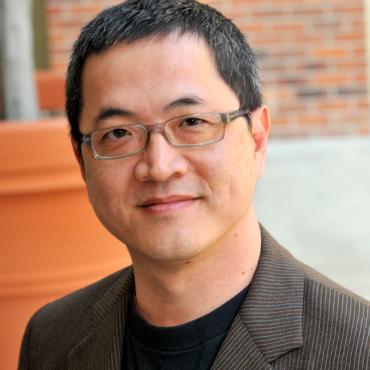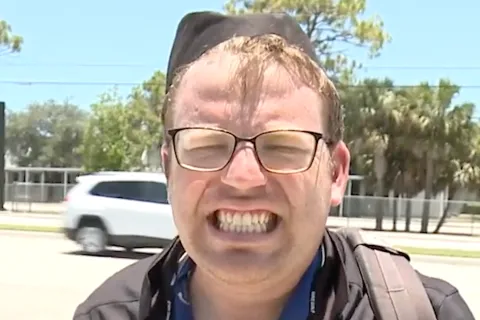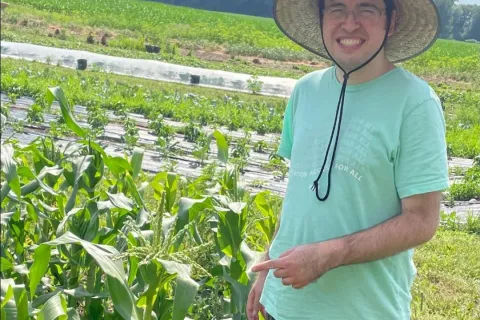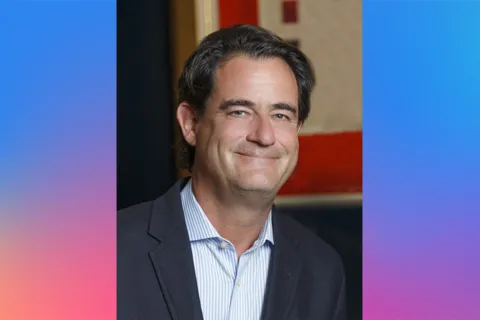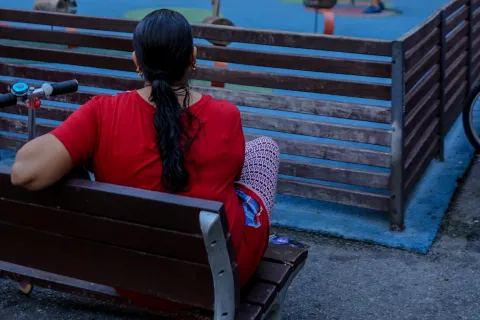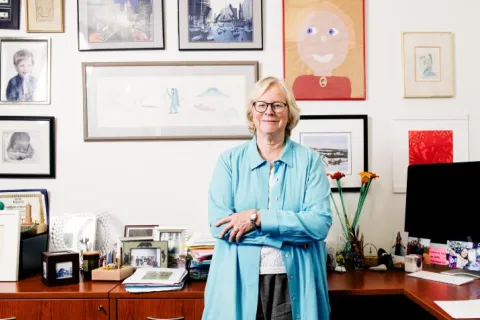Understanding the spectrum of the spectrum
By Andy Shih, Ph.D., Chief Science Officer at Autism SpeaksAt Autism Speaks, we recognize the individuality of every person’s journey with autism, noting often that no two experiences are the same. For autistic people, their families, friends and caregivers, an autism diagnosis can mean many things. This is why the word spectrum is so closely linked to autism – present in both the formal (“autism spectrum disorder”) and informal (“on the spectrum”) descriptions of autism and how it presents itself in everyday life.
Medically, autism is known as a spectrum disorder because of the wide variety of experiences and needs of those diagnosed. In 2013, the DSM-5 was introduced, collapsing four different diagnoses under the ASD umbrella and introducing a severity scale (level 1, level 2 and level 3 autism) that indicates the amount of support an individual may need. Although broad, the severity scale was an attempt by the medical community to differentiate within the spectrum, allowing an autism diagnosis to better reflect the potential level of services and care that a person may need.
While autistic people all fall somewhere on the severity scale at their time of diagnosis, this can change depending on their environment and the supports they receive. It’s common for a person’s abilities, challenges and needs to fluctuate as they mature and navigate life transitions. For example, a child who is non-speaking in early childhood may eventually develop language. An adolescent who engages in self-injurious behaviors may learn strategies to cope with their emotions in healthier ways in adulthood.
With earlier diagnosis, timely and effective supports and services, and proper community accommodations, autistic people across all severity levels can improve their skills, attain greater independence and over time, have fewer support needs. Even those experiencing significant challenges can live meaningful and fulfilling lives.
However, while access to effective early intervention programs and other supports and services can have a profound impact on autistic people’s quality of life—in childhood and throughout adulthood—these programs are not accessible to all members of our community.
In 2023, the Centers for Disease Control and Prevention (CDC) found that for the first time, autism was diagnosed more frequently in Black and Hispanic children than in white children in the U.S. Strikingly, the CDC does not provide similar information on race or ethnicity in autistic adults.
Although there has been an increase in autism diagnosis in minority communities, people of color are significantly less likely to have access to services, like early intervention, which can help them better navigate their autism diagnosis and set themselves up for success later in life. Evidence suggests that families and caregivers in underserved, minority communities often struggle to access quality care and treatment services due to language and logistic barriers, as well as general lack of knowledge of existing services and therapies. Providers can be difficult to access and often lack the cultural competency to serve these communities well. Sometimes, families elect not to continue services because communication is too difficult between them and their providers.
To fill this gap, Autism Speaks partnered with the World Health Organization (WHO) to create the Caregiver Skills Training (CST) for Families of Children with Developmental Delays or Disabilities, which has been adapted and tailored to help minority communities in Detroit, New York City, the Rio Grande Valley in Texas, as well as many other communities in the U.S. and around the world. CST is designed to support families by giving them the skills and knowledge they need to care for their children’s unique needs and challenges. This program focuses on social engagement, communication, daily living skills, behavior management and caregiver self-care and problem solving, which can make a great impact in these individuals’ lives.
Moving forward, research, polices and supports and services for the autistic community need to look at diversity through a broader lens. As we continue to advocate for greater neurodiversity in our society, we must be mindful that there is more work to be done to make sure the benefits of neurodiversity are felt by all. We must also consider that autistic individuals with different racial, ethnic and socioeconomic backgrounds often have inequitable access to essential resources—and prioritize those individuals in our work in order to provide all people with autism the ability to reach their fullest potential.
I’m asking those in the autistic community and beyond to make sure we are thinking as diversely as possible when finding ways to support one another. Let’s make sure that everyone, no matter where they are on the spectrum, can get access to the care and services they need – and that groups that have been historically overlooked in our community are kept top of mind as we recognize and champion our differences.

